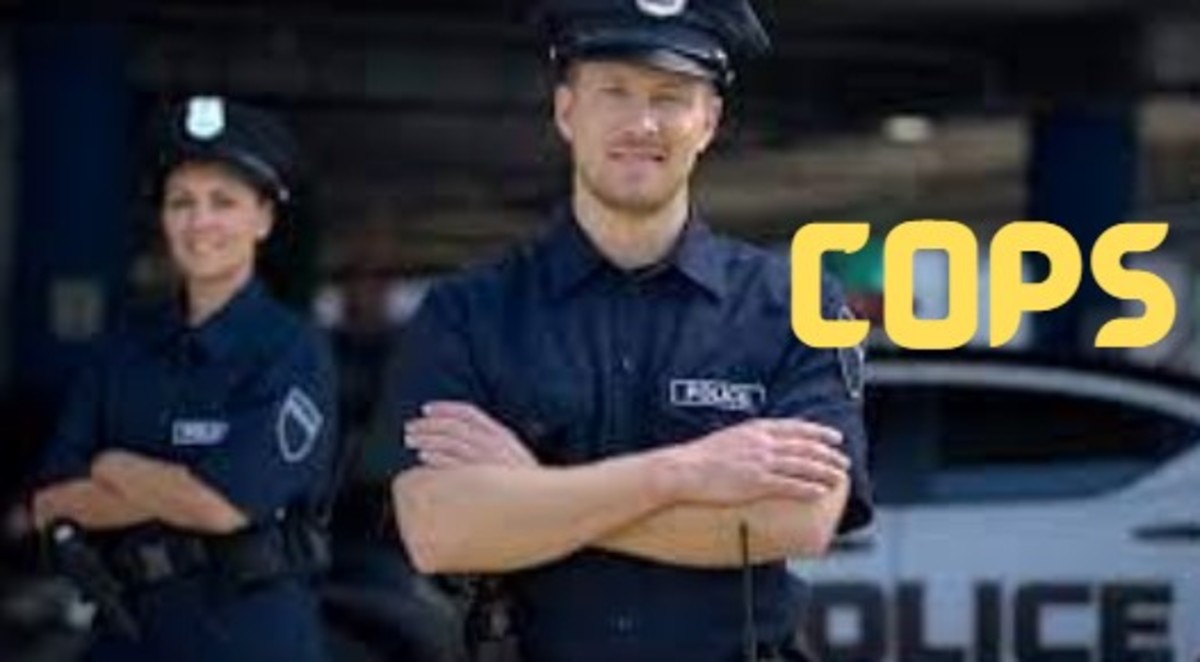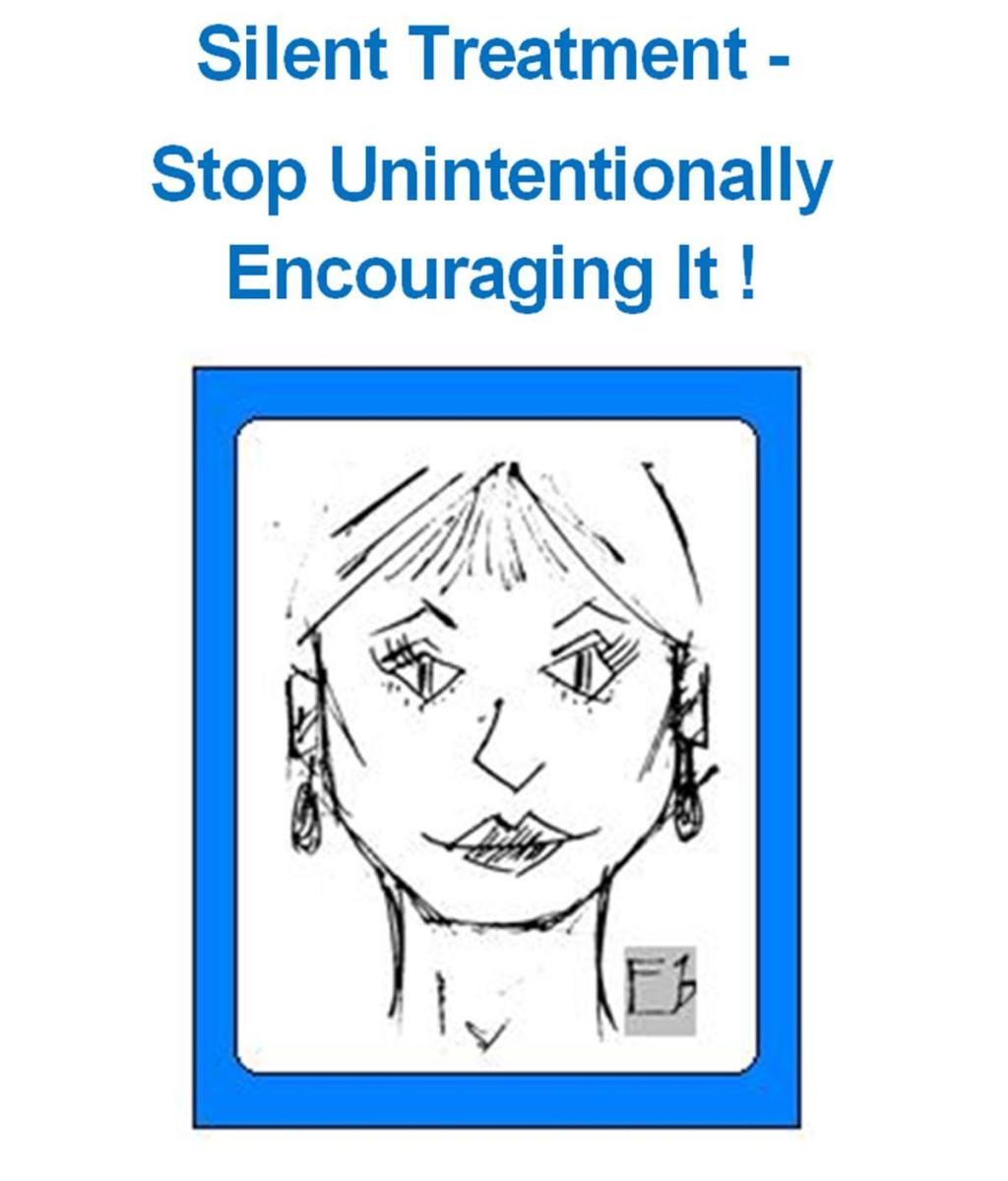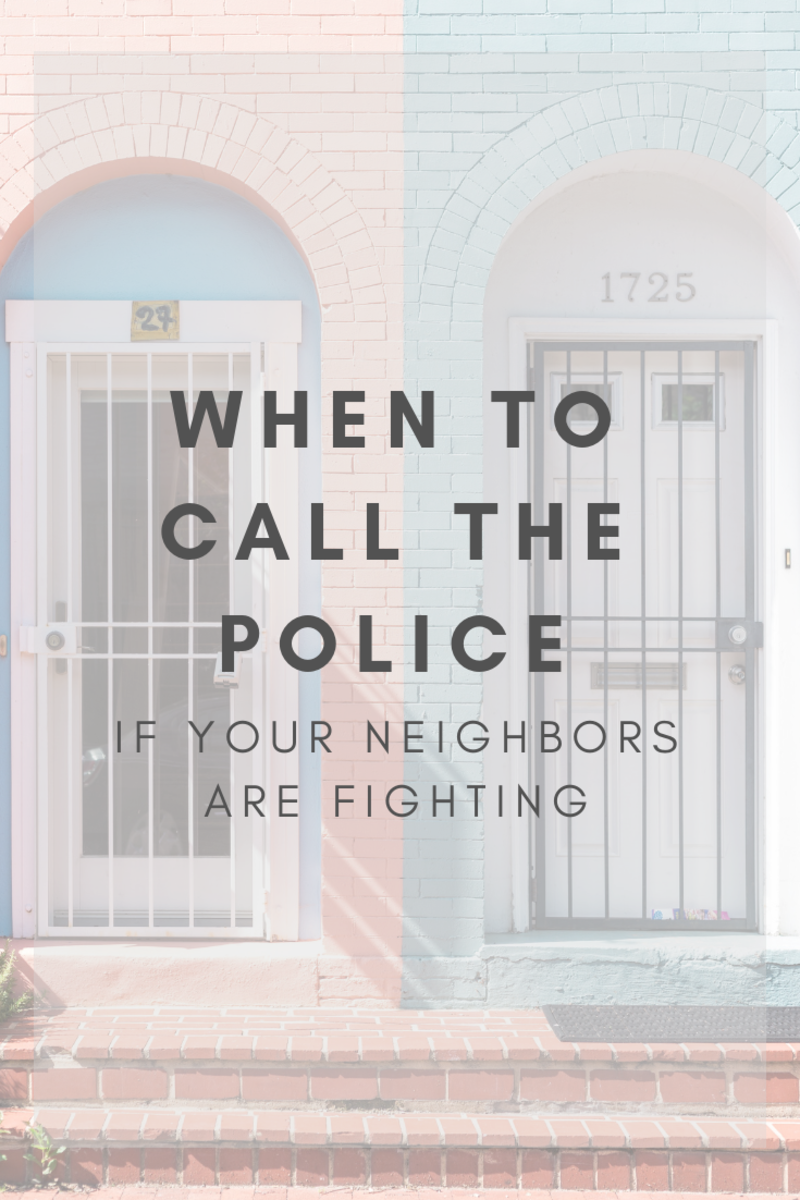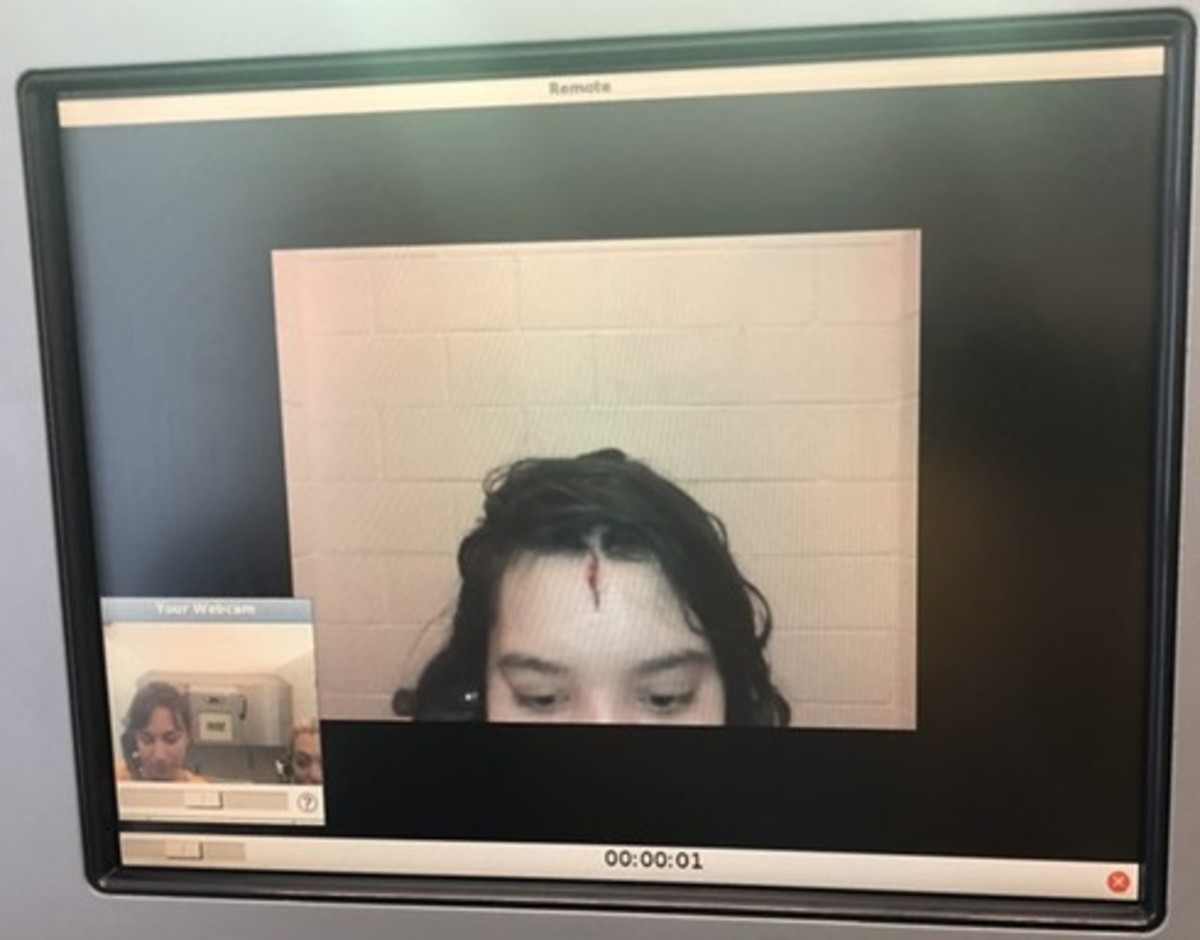Do the Police 'Serve and Protect'?
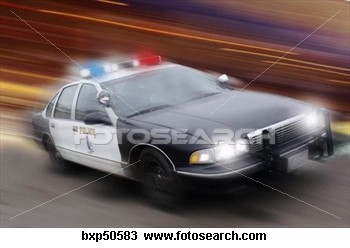
Personal Experience with The Police
The police are supposed to’ serve and protect’ the community but historically they have not always lived up to that expectation. There are numerous incidents of police using extreme force against people, most of whom are people of colour. These incidents generate and perpetuate the negative perceptions of the police prevalent in some ethnic communities in Canada, United States of America and internationally. According to Scot Wortley, PhD, Associate Professor, Centre of Criminology, University of Toronto, in a 2006 preliminary report on “Police use of Force in Ontario”, the majority of Toronto’s Black community (55%) believe that the police are more likely to use force against Black people than White people. As a Canadian, I appreciate the service that our police forces provide in ensuring all our safety; but as a person of colour, I am torn when I heard of or reflected on an interaction with a representative of the police force that left me feeling harassed and demeaned.
Recently, I had an experience with a police officer in my local community that has caused me to think about police relations in my community. So what happened?
On May 28th at about 8:35am after dropping off my child at school, I was on my way to work in the city. As I drove along a major route leading to one of the highways that lead into the city, I heard the siren of an ambulance. It appeared from my rear view mirror that the ambulance was in the left lane, which was about three or four cars behind me. I was in the furthest left lane, so I immediately started moving over to the right to stop. While in the process of moving across four lanes of the roadway, I was mindful of the traffic around me and their proximity. I specifically observed a vehicle to my right that was too close so I didn’t want to stop abruptly and create an accident. So while being aware of other motorists, I had moved across three lanes to the right and was about to move over to the last lane and stop, then I noticed a police car behind me with flashing lights.
By this time I stopped in the right lane. The police officer came to my car and I immediately asked if I had done something wrong. He was very petulant and yelled “you did not stop for the ambulance.” I tried to explain to him that as I was in the furthest left lane and it took some time to move across four lanes of roadway to stop in the right lane. I had to be aware of other motorists around me who also needed time to react to the change in the flow of traffic. He abruptly demanded my licence and registration which I handed over to him. I also noted to him that he was obviously in a ‘bad mood’.
After about twenty minutes, he returned to my car and asked: “Do you want the lecture or the ticket?” I replied that I wanted to know what I had done wrong. It was apparent to me that his demeanour had changed; he had calm down and his approach was more professional. He explained that as per the new Highway and Traffic legislation (about 5 years), I should have stopped at the nearest curb on a divided highway. This would mean that I should have stopped in the left lane rather than move over to the right lane. I informed him that when I did Drivers’ Training twenty years ago, I was told to pull over to the right and that was what I was doing. He then ripped up the ticket which was $491.00. I told him that while I was grateful that he had decided to revoke the charges, I would have challenged him in court about the ticket. We ended our conversation on a professional note after I had noted his name.
The beginning of this experience reminded me why people in my community have expressed a lack of confidence, trust and reliance on the police. While my experience ended in a pleasant way, I am aware it could have been different. When I relayed my experience to a colleague, she mentioned “I hope that you do not get something in the mail after the fact.” When she said that several things went through my mind: firstly, she also distrusted the police; secondly what if her thought was correct? If she was correct, then I would not even have the opportunity to challenge the police and that would even be more distressing. I did not ask the police officer for his badge number, and I can only recall his last name. If I contacted the local police, how could I identify police officer I had the interaction with? If I did contact the police would it make any difference? Three days later, I am still contemplating making a call to follow up.
To explore my options and to educate myself about the Ontario Highway Traffic Act, I went to the Ministry of Transportation website to look up the changes to the Highway Traffic Act. This is what I found:
Reacting to an approaching emergency vehicle - WHAT TO DO: On a multi-lane highway (max. 100km/h speed limit)
Slow down, signal and move to the right. If possible, pull as close as you can to the right side of the roadway and stop when safe to do so. Do not move onto the shoulder.
On a two-lane road
Signal and move to the right. Pull as close as possible to the right edge of the road, clear of any intersection, and stop. (http://www.mto.gov.on.ca/english/safety/topics/emergency.shtml)
Was this a case of police error or was it racial profiling? Although our police commissioner has denied racial profiling; it is happening more than we realize and negatively impacting the lives of people of colour. As the mother of children of colour, especially males, I am extremely concerned for their safety and encounter with the police. The handling of the Trayvan Martin incident in Florida demonstrates the fears of many parents of colour. The constant worry that your children will not be treated fairly and could be killed by the establishment that is supposed to protect him/her can be frustrating and disempowering. The 2007 Paul Boyd incident in Vancouver, Canada and the police treatment of protesters at the 2010 G20 Summit in Toronto, Canada are examples of police actions that demonstrate that we should ALL be concerned. It would be remiss if I did not say that the police for the most part do an amazing job of protecting our communities. Unrelated incidents like these mentioned in this post, however, give the police a negative reputation. It only takes one police officer not having a good day and making a poor decision when interacting with the public or even a group of police officers acting on certain prejudices, stereotypes and beliefs they hold about a sector of the population to cause a stain on the entire force. It is the case of "one bad apple spoiling the whole bunch."


